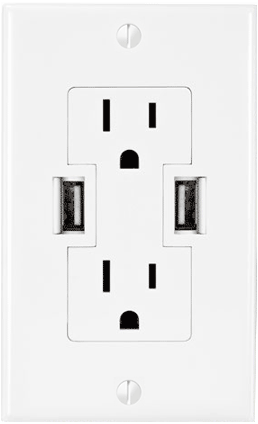 To check the towing capacity of a vehicle you have, check for an identification label - usually a sturdy sticker on the door jamb. You'll find model information, GVWR (gross vehicle weight rating: the maximum operating weight/mass of a vehicle as specified by the manufacturer including the vehicle's chassis, body, engine, engine fluids, fuel, accessories, driver, passengers and cargo but excluding that of any trailers) figures listed, along with the VIN number and more.
To check the towing capacity of a vehicle you have, check for an identification label - usually a sturdy sticker on the door jamb. You'll find model information, GVWR (gross vehicle weight rating: the maximum operating weight/mass of a vehicle as specified by the manufacturer including the vehicle's chassis, body, engine, engine fluids, fuel, accessories, driver, passengers and cargo but excluding that of any trailers) figures listed, along with the VIN number and more. 
Find a site that allows you to search for your vehicle information by VIN number, like www.decodethis.com (see screenshots below) or look for maker specific search sites. If you can't find your VIN label, do an internet search using your exact year make and model with the words towing capacity, and you should pretty quickly find a manufacturer's chart showing the towing capacity, among other details. This also applies to a truck you're considering buying or renting to tow.
Many find they don't move their houses often enough to justify owning a truck, so they rent as needed. We rented from a friend and from equipment rental yards for a few years before we bought this used 1999 4WD Chevy. Check out our YouTube video on this topic here:
Feel free to contact us with any questions.
 |
| the Decode This home page |
 |
| search VIN, and here, then click Equipment |
 |
| scroll down for critical towing & loading information |

